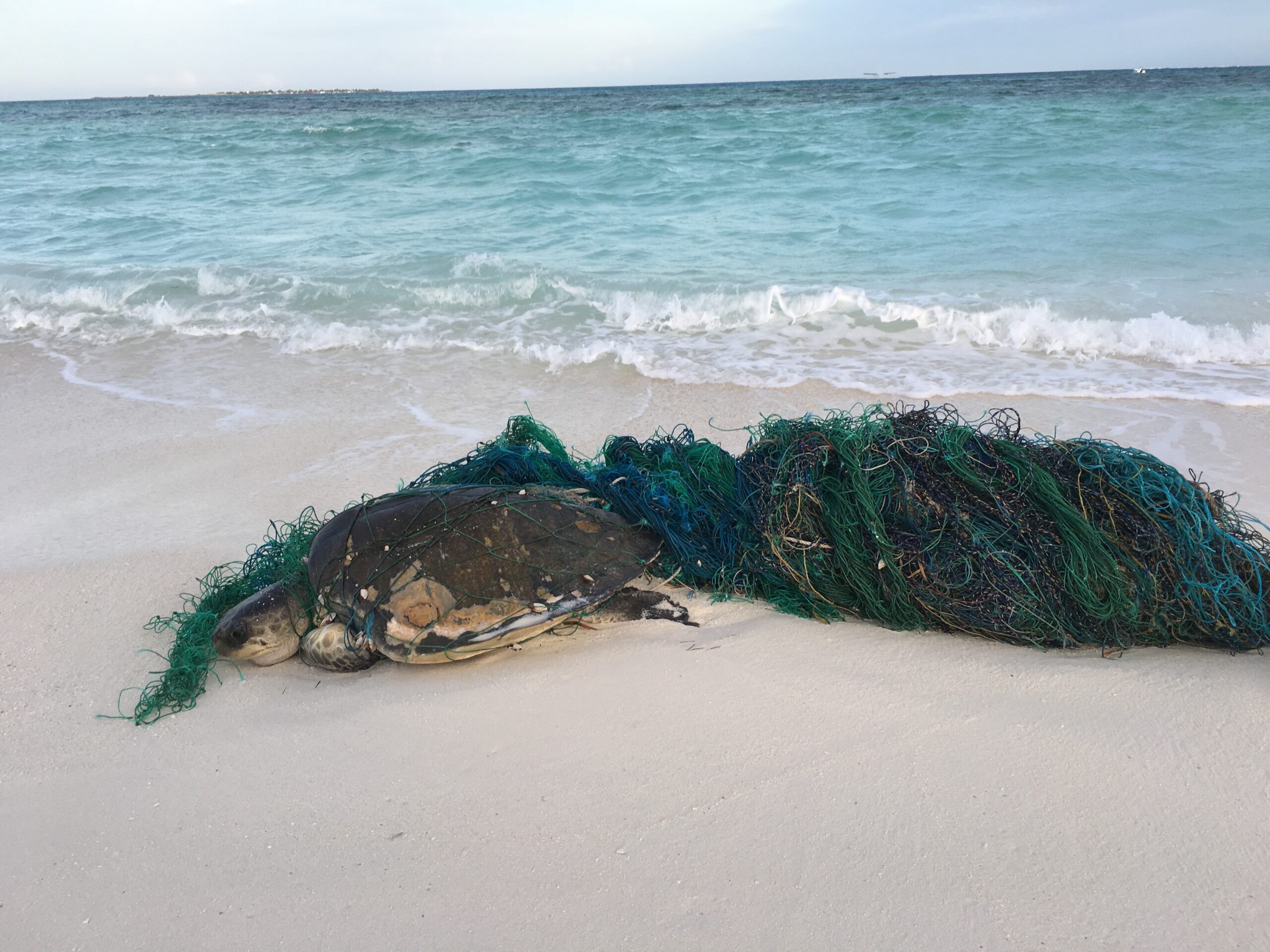It’s a tough subject. Good considers the heartache and the hope of child soldiers
Light firearms, wielded by child soldiers, are modern weapons of mass destruction. Andy Kenworthy ponders the war child’s nightmarish plight and what’s being done to rescue them
Ten year-old child soldier ‘Mr Doctor’ is given a traditional chief’s hyena skin by an adult militiaman, Democratic Republic of the Congo – Marco Longari /AFP/Getty Images
The first time I really thought about child soldiers was when I was preparing for an aid mission to Angola in 2003. I heard we would be accompanied by heavily armed security. When I questioned this, our project leader, a former South African special forces soldier, said: “If some 12-year-old boy wearing a wedding dress, covered in cuts full of cocaine, is waving an AK-47 at you, wouldn’t you prefer to give him the good news first?”
Thankfully, the trip passed peacefully, and we never had to answer that question. But it definitely got me thinking. I have nieces and nephews – and a wee son of my own. Later, while working for the conservation organisation WWF, I reported on the deaths of scores of rangers in Virunga National Park in the Democratic Republic of the Congo. They were shot by armed militia, many of them former child soldiers who had escaped to the park in the aftermath of Rwanda’s 1994 genocide. And on a later mission to Colombia I learned how this issue is by no means limited to Africa – it’s a risk everywhere there is war.
The idea of a child killing a person is monstrous. And yet I came face to face with the chilling reality that, right now, killing is central to the way of life of hundreds of thousands of children all around the world. I saw the traumatised survivors living in the ruins of the communities they had been forced to help destroy.
The existence of child soldiers is nothing new; throughout history children have been recruited and employed in support roles as well as in frontline fighting by the military. The Royal Navy, for example, took on boys as young as nine until late in the 18th century, when the minimum age was raised to 13.
But until recently, child soldiers were not a popular choice among warlords, for the simple reason that they weren’t very good at carrying, maintaining or accurately wielding the weapons of war, even when the firearm replaced the brute strength required for hand-to-hand combat.

“I no longer feel angry about what I went through, because there is no way to reverse what happened. I have to start a new life,” says Kenneth.
–Kenneth Oyet is a 29-year-old former child soldier who’s now being rehabilitated at World Vision’s Children of War Centre in Gulu, northern Uganda. Kenneth was abducted from his home by the Lord’s Resistance Army (LRA) when he was 13, and escaped 16 years later in 2010. During this escape Kenneth was shot and wounded. Now, he cannot sit unless his left leg is elevated. With help from World Vision, Kenneth is learning to forgive himself and his captors, and he will soon be reunited with his family.
All that changed with a new kind of gun that appeared at the end of World War II. Armourers realised that because most gunfights take place within a range of 300 metres or less, large and powerful bullets were not needed for a deadly effect. Guns firing smaller calibre bullets could be lighter, easier to control and more accurate when firing full-automatic bursts. This meant that one person – not necessarily a good shot – could have the same impact as several well-trained riflemen.
Small arms have become some of the most deadly weapons of mass destruction in modern times. The Control Arms campaign estimates they kill a third of a million people annually, while every year there are twice as many bullets manufactured and sold as there are people living in the world.
The most famous and widely distributed offspring of this new approach to weaponry is the Russian-made AK-47. With only eight moving parts, it’s relatively cheap, easy to make and maintain, and can still be lethally effective even if badly treated or left idle for years. It’s estimated there are now between 50 and 70 million rifles of the AK-47 type in circulation. I saw lots of them in Angola. Because of the nature of the arms business, places like this are now swamped with guns, especially since the breakdown of the Soviet Union prompted the sell-off of Soviet weapon stockpiles.
“They came to my village and asked my older brother whether he was ready to join the militia. He was just 17 and he said no;they shot him in the head. Then they asked me if I was ready to sign, so what could I do – I didn’t want to die.”
–A former child soldier taken when he was 13
A tragic consequence of the availability of lightweight guns is that children as young as nine or ten can use them. While facing the unspeakable horrors of the Rwandan genocide of 1994, UN peacekeeper Lieutenant-General Roméo Dallaire’s experiences of the use of child soldiers were much more shocking than mine have ever been. In his most recent book, They Fight Like Soldiers, They Die Like Children, he examines those traumatic experiences with the mind of a professional warrior as he seeks to understand this phenomenon and find a solution.
“The reality for many rebel and gang leaders, and even state governments, is that there is no more complete end-to-end weapon system in the inventory of war machines than the child soldier,” he explains. “Its negligible technology, simple sustainment requirements, unlimited versatility in all possible facets of low-intensity conflict, and capacity for barbarism [have] made the child soldier the weapon of choice in over 30 conflicts around the world, for governments and non-state actors alike. Man has created the ultimate cheap, expendable, yet sophisticated human weapon, at the expense of humanity’s own future: its children.”

Alice, aged 14, holds a drawing done as part of therapy at a rehabilitation centre for children who escape from the LRA in Gulu, northern Uganda. Alice spent six months with the LRA, during which time she was raped and became the ‘wife’ of the commander. – Getty Images / Andy Sewell
These children end up in irregular forces, gangs or militias, surrounded by deadly chaos, led by commanders who’ll deny their existence. So it’s hard to pinpoint exact child soldier numbers, let alone document how many of them are killed, injured or left traumatised, or how many innocent people are in turn killed or maimed by them. The charity War Child estimates that every year 300,000 children worldwide are actively deployed in wars, that one in ten soldiers in armed conflicts is a child, and that 40 percent of all child soldiers are girls.
The problem is most acute in Central Africa. Currently, child soldiers are at work in Guinea, the Ivory Coast, the Democratic Republic of the Congo, Chad, Sudan, Somalia, Uganda, Rwanda and Burundi. Children are also used as soldiers in various Asian countries and in parts of Latin America, Europe and the Middle East.
The child soldier’s route to the battlefield has to be one of the most vicious cycles on Earth. With a ragtag ‘army’ of large numbers of untrained and unwilling children, few commanders seek to engage directly with armed and well-trained opponents. If they did, they’d probably lose, and most of their army would be killed, injured, captured or would run away. Instead, these gangs commit atrocious human rights abuses and other acts of terror, including rape and dismemberment, in order to steal resources and to gain prestige and political advantage. Along the way, more children are stolen to be trained as soldiers and to perpetrate yet more atrocities. Children’s parents are powerless to intervene, and the more intense the violence becomes, the less chance communities have of supporting themselves or caring for their children.

“When I think about my situation, I cry at times, and at times I just have to let it go,” says Stephen. “What will it be like to go back to a village where I don’t know the language anymore? Or go back to school in a much lower grade?”
–Stephen Opio is a 16-year-old former child soldier who’s found refuge at World Vision’s Children of War Centre in Gulu, northern Uganda. Stephen was nine when he was abducted and he escaped seven years later in 2010. During his time with the Lord’s Resistance Army (LRA) Stephen learned how to handle a gun, kidnap children and kill. Life in the bush was spent dodging bullets and bombs, and surviving beatings from his captors.
I saw the results of this when our aid mission reached its first target in southern Angola. The country had just emerged traumatised from more than 25 years of civil war. An estimated 11,000 children had taken part in the last years of fighting and up to 30,000 female children had been abducted during the war, mostly as ‘wives’ for combatants. We were told each community would usually get attacked at least twice a year – once by highly trained South African troops when the dry season had cleared enough vegetation for them to invade using their armoured vehicles, and once by the rebels after the wet season’s regrowth had provided places to hide.
The original town of Mucusso we visited had been completely destroyed and abandoned in favour of a shanty town built on old ammunition crates. The people there were unable to feed themselves because so many landmines had been laid in the fields that anyone walking there was in danger of being killed or maimed. In such dire circumstances, when only those with guns have the power to protect and feed themselves, it’s not surprising many children also volunteer to take up arms as their only means of survival. In fact, most of these children have nowhere to go. In many instances their families have been killed or driven away, and they’re indoctrinated to believe the army is their new and only family. Drug addiction is another insidious means of control.
What’s being done?
War Child (www.warchild.org) is a group of independent humanitarian organisations specialising in helping children in war-torn areas. It recently built three youth centres in the Democratic Republic of the Congo and set up structures to better protect 1,000 children who’d been left forgotten in a camp for internally displaced persons. It has also provided schools to protect children, normalise their lives in conflict areas, and increase their opportunities for a positive future. As chair of trustees Tom Davis says, “No country has ever achieved continuous and rapid growth without first having at least 40 percent of its adults able to read and write. We know that slow economic growth, stagnation or decline make a country prone to war … the indirect benefit of providing education in conflict-affected countries can actually reduce the likelihood of war restarting.”
The Control Arms (www.controlarms.org) campaign has brought together a host of different charities and non-government organisations to campaign for a global treaty to regulate and control the supply of weapons, based on existing legal obligations, international humanitarian law and UN charters. The machete massacres of the Rwandan genocide show this won’t be a complete solution, but without easy, cheap access to guns, situations like this take longer to develop, are easier to control and are less likely to involve so many children.
“They give you a gun and you have to kill the best friend you have. They do it to see if they can trust you. If you don’t kill him, your friend will be ordered to kill you. I had to do it because otherwise I would have been killed. That’s why I got out. I couldn’t stand it any longer.”
–A 17-year-old Colombian boy who joined a paramilitary group as a 7-year-old street kid
Alongside easy access to arms, conflicts are also fuelled by the failure of those controlling natural resources to distribute the wealth they generate, or use it for the benefit of the people. What isn’t stolen by corrupt officials is mostly used to buy arms. The blockbuster movie Blood Diamond dramatises some of these issues. It should inspire us to only buy diamonds certified by the Kimberley international monitoring process (www.kimberleyprocess.com), which aims to prevent ‘blood’ diamonds from entering the mainstream market.
Another example of what fuels war is the ongoing conflict in the Congo, now the deadliest since World War II with more than five million people killed over the past decade. This war is sustained by the extraction and sale of the country’s deposits of the ‘3Ts’ – tin, tantalum, tungsten – used in electronic goods like mobile phones and laptops. You can learn more about this and see what action various high-profile electronics firms are taking at www.raisehopeforcongo.org.
Andy Kenworthy is a regular Good contributor. For more on his travels in war-ravaged lands, turn to page 6

“I feel so bad about the things I did. It disturbs me so much that I inflicted death on other people. When I go home I must do some traditional rites because I have killed. I must perform these rites and cleanse myself. I still dream about the boy from my village that I killed. I see him in my dreams, and he is talking to me, saying I killed him for nothing, and I am crying.”
–A 16-year-old girl after demobilisation from an armed group, Democratic Republic of the Congo*
*not the girl pictured here

If this story has moved you and you’d like to help make a difference, please contact Save the Children New Zealand by calling 0800 167 168 or visit www.savethechildren.org.nz







